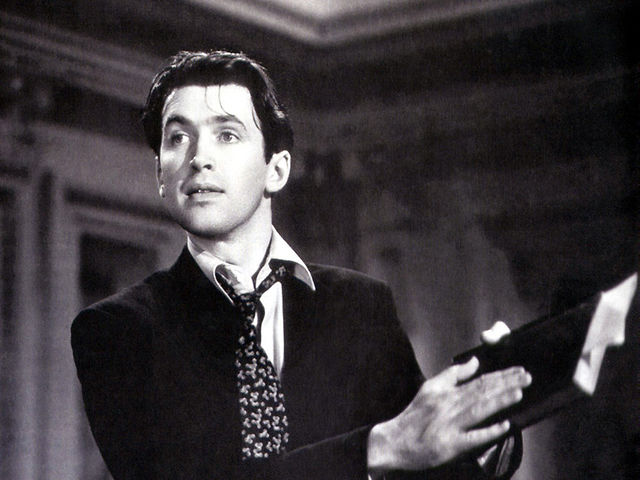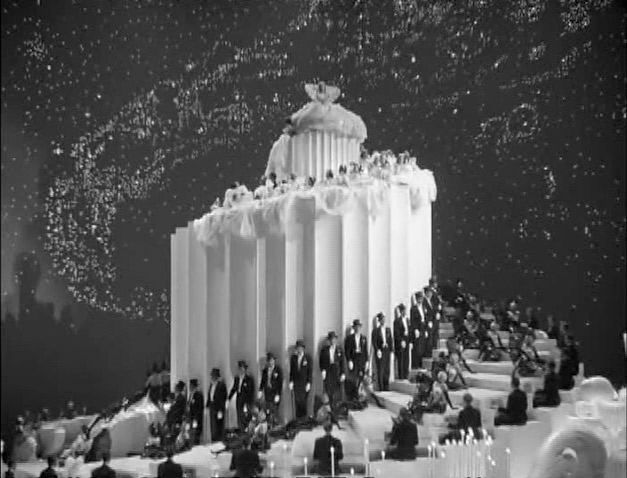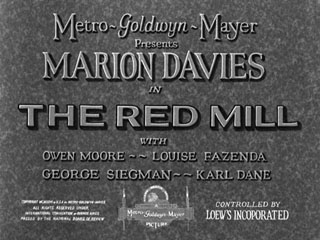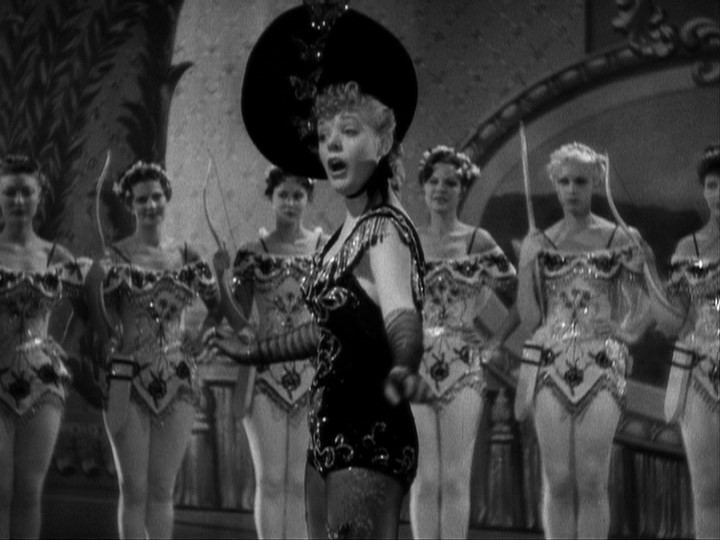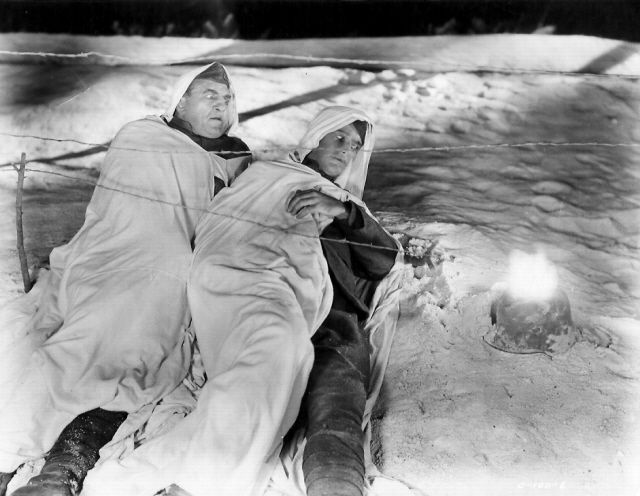The Academy Awards, as we’ve seen recently with the addition of 10 best picture spots, hasn’t been the most consistent with its nomination categories. Which makes sense as the ever-changing climate of movie making starts to reveal new aspects of technology and creative achievements to honor. Here is a trip down Oscar memory lane with award winners for statues that no longer be there.
10. Pocahontas 1995
AWARD – Best Original Comedy or Musical Score / Years Active 1995-1998
Some of us are old enough to remember the break up of Music Score categories between Comedy/Musical and Dramatic scores. As we’ll find down the list, the “Music” categories have gone through maybe the most changes in the Academy Award history. Pocahontas also won “Best Original Song” famously beating out the favorite to win “Dead Man Walking” by Bruce Springsteen.
NOMINEES 1995: The American President, Sabrina (Remake), Toy Story, Unstrung Heroes
9. Mr. Smith Goes to Washington 1939
AWARD – Best Story / Years Active 1928 – 1957
Before the days of “Best Original/Adapted Screenplay” we had “Best Story”. Eliminated in 1957 in favor of “Writing Original Screenplay” Award introduced in 1940. The Award went to the actual story creator separate from the actual screenwriter, or in this case, the author of the book/play the movie was based on. Mr. Smith Goes to Washington was nominated for an astonishing 11 Oscars but only winning for this “Best Story” award, losing out most of its nominations to “Gone With The Wind”.
NOMINEES 1939: Bachelor Mother, Love Affair, Ninotchko, Young Mr. Lincoln
8. My Fair Lady 1964
AWARD – Music Score Adaption or Treatment / Years Active 1962-1969 & 1973
This award ran in conjunction with the category “Substantially Original Score”. Honoring films made with reinterpreted music from previously written material. The “My Fair Lady” score written by Andre’ Previn, was one of the eight Oscars it took home that night.
NOMINEES 1964: A Hard Day’s Night, Mary Poppins (Winner of Original Score Category), Robin and The 7 Hoods, The Unsinkable Molly Brown
7. The Great Ziegfeld 1936
AWARD – Best Dance Direction / Years Active 1935 – 1937
This brief category honored the dance choreographing in film. I think they decided this was best left to the theater awards as it’s not as prevalent in films to warrant its own category. “The Great Ziegfeld” was one of the most successful films of the 1930’s and acclaimed as the greatest musical biography made in Hollywood. Based on the Broadway’s Ziegfeld Follies, the elaborate production included a set cost alone of $220,000 (3.7 Million in today’s dollars)
NOMINEES 1936: Gold Diggers, Cain and Mabel, Born To Dance, One in a Million, Swing Time, Dancing Pirate
6. The Red Mill 1927
AWARD – Best Title Writing / Years Active 1928 only
Best Title Writing was only a category for the first year of the Oscars. As Titles have quickly become more of a “created” aspect rather than “hand written” the category has simply lost its meaning. But with that said, titles have come back around to creative feat in themselves, a case could be made for the long discussed inclusion for the category “Best Opening Title Sequence”. “The Red Mill”, an MGM Comedy directed by Fatty Arbuckle.
NOMINEES 1928: The Magic Flame, The Private Life of Helen of Troy
5. In Old Chicago 1937
AWARD – Best Assistant Director / Years Active 1933 – 1937
In the early years of Hollywood, the success of films where much more recognized as results from the efforts of studios as a whole, as was a big reason for the Assistant Director nomination. A position whose contribution is virtually invisible on screen as anyone who’s been on a film set would know. The main job is to be a conduit between the director and the rest of the crew. The first few years of this nomination the winners (of which there were multiples) didn’t win for specific films but rather for their work for the studio they belonged to.
NOMINEES 1937: Lost Horizon, The Life of Emile Zola, A Star is Born, Souls At Sea
4. Two Arabian Knights 1927
AWARD: Best Director – Comedy / Years Active 1928 only
The first Academy Awards in 1928 was very much a “trial run” for the Oscars. This was the only year the director category was split, as with the Musical Score award, between comedy and dramatic films. This was only one of the only two times in the awards history that a director won for a film that wasn’t nominated for Best Picture.
NOMINEE 1928: Speedy
3. Sunrise: A Song of Two Humans 1927
AWARD: Best Unique and Artistic Quality of Production / Years Active 1928 only
This award was included next to the “Interior Design” award. But was dropped after the first year and the “Interior Design” remained and eventually renamed to “Set Decoration” then “Art Direction” and most recently to “Production Design”. F.W. Murnau, a name made famous by his Horror classic “Nosferatu”, directed this film featuring a lot of his “German Expressionist” aesthetics. It connected well with the American audiences being called a “masterpiece” by The New York Times.
NOMINEES 1928: Chang: A Drama of The Wilderness, The Crowd
2. The Full Monty 1997
AWARD: Best Original Comedy or Musical Score / Years Active 1995-1998
1997 was the year of “TITANIC”, which was the obvious choice for “Best Dramatic Score”. But this was also the year famed film composer, Danny Elfman, was nominated in BOTH categories for “Good Will Hunting” and “Men In Black” respectively. It was surprising to all to see “The Full Monty” walk away with the statue, especially since the film’s music element was more well known for its use of the song “You Can Leave Your Hat On”. But still an international hit, based on the stage play. A story of the men from a working class town down on their luck after the closing of the steel mill, take to stripping to make ends meet.
NOMINEES 1997: Anastasia, As Good as It Gets, Men in Black, My Best Friend’s Wedding
1. Wings 1927
AWARD: Best Engineering Effects / Years Active 1928 only
“WINGS” also the winner of the first “Best Picture” award, won for what could be considered for the first “Special Effect” award category, Best Engineering Effects, presented as a plaque. Producers petitioned for a formal award recognizing visual effects after the ground breaking “King Kong” in 1933. But special effects weren’t formally recognized with it’s own award until 1938 for “Spawn of the North”. The following year the “Best Special Effects” category was inaugurated.
NOMINEES 1928: The Jazz Singer, The Private Life of Helen of Troy
Author Bio: Michael James Edwards is a California native, he moved to NYC to work in audio before realizing his passion for cinema was too great to ignore. Now he’s living in Los Angeles working in film festival operations and writing about cinema here and on his own blog, forreelsreviews.blogspot.com.

